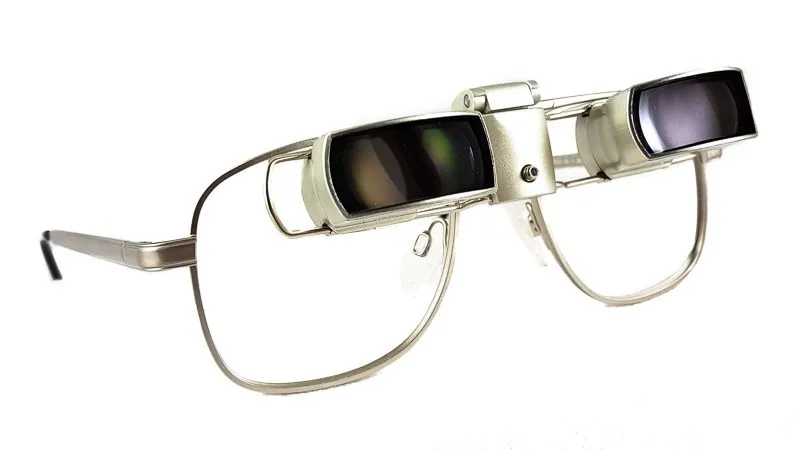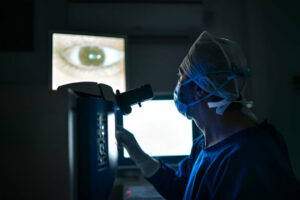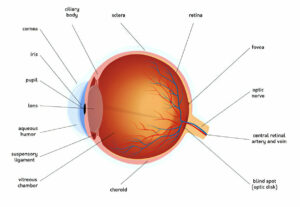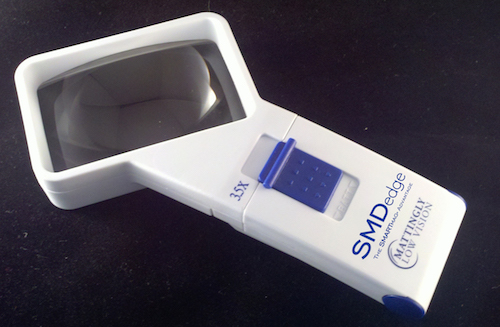
Lesions to the visual pathway usually lead to deficits or negative phenomena; however, sometimes they can produce deceiving visual images known as illusions that may even be quite complex in nature.
Most vertebrates possess roughly spherical eyes filled with a gel-like substance and featuring a fixed lens to focus light onto a panel of light-sensitive cells at the back of their eye, known as the retina.
Binocular vision
Normal vision involves two eyes working together to form one image – this process is known as binocular vision and essential for many visual tasks such as reading, driving and hand-eye coordination. Furthermore, binocular vision helps us perceive depth perception in three dimensions, enabling us to perceive objects from multiple dimensions. Unfortunately, some individuals experience problems with their binocular vision which interfere with daily activities – symptoms could include blurry images that wiggle or double up or blurredness around edges – these problems can often be treated by an eye doctor who specializes in vision therapy.
Many patients do not realize the significance of how they use their eyes in terms of vision. Squinting, for instance, is a common practice which may lead to diplopia and cover up certain eye conditions like refractive error; furthermore it may cause headaches and dizziness; to avoid these side effects it is wise to visit an optometrist for an extensive eye exam and personalized vision therapy treatment plan.
There are various explanations for how binocular rivalry works. According to one theory, light waves entering both eyes play a critical role: when their wavelengths match, fusion occurs while when their wavelengths differ significantly, two images will form separate percepts which alternate in dominance. An alternate possibility could be that at some stage in development the brain combines input from both eyes at once. Furthermore, studies have indicated increased top-down information flow between temporal and occipital regions leading up to any switchovers of dominance.
Single-binocular vision encompasses three related but separate phenomena: simultaneous perception, fusion and stereopsis. While these neurophysiologic processes share certain similarities, each requires specific responses from the visual cortex and has unique functional implications.
Fusion refers to the consolidation of disjointed retinal images into an identifiable perception, while stereopsis refers to perceiving object points proximal and distal of Panum’s area as relative nearnesses and farnesses based on fused images from foveal regions of both eyes.
While some individuals with binocular vision can perform these tasks effortlessly, others require assistance such as prism glasses or vision therapy to strengthen weaker eyes and achieve enhanced clarity and depth perception.
Monocular vision
Binocular vision allows our brains to combine slightly differing images from both eyes to create an accurate three-dimensional impression of our surroundings. This technique, commonly referred to as binocular vision, offers wider field of view (FOV) and improves peripheral vision, making it essential for detecting motion parallax and depth cues such as perspective comparison and size comparison. Monocular vision may present challenges when it comes to judging distance and perceiving depth but our visual system is highly adaptable – people with limited binocular vision use various strategies such as head or eye movements to compensate for lack of depth perception.
Monocular vision may occur if one eye is impaired in any way, such as with amblyopia (lazy eye) or strabismus (crossed eyes). When this happens, the brain cannot properly integrate visual information from that particular eye, leading to distortion or blurring as well as difficulty performing tasks that require depth perception.
There are steps available to improve monocular vision, including vision therapy. An experienced vision therapist can teach patients exercises designed to strengthen eye muscles and enhance coordination between eyes. Prism glasses may also be recommended as they shift images so the brain can better process information from affected eyes.
Double vision (diplopia) occurs when an individual experiences two images of an object either vertically (one on top of the other) or horizontally. This condition often results from misalignment between eyes, but can often be improved through eye exercises or eye patches.
Monocular vision is frequently employed by animals that possess eyes in front of their heads, like rabbits and horses. This form of sight allows these species to quickly scan their surroundings for prey or obstacles while accurately judging distance between objects. Monocular vision also serves predators well by keeping their attention focused on an important target without becoming distracted by movement surrounding it.
Hyperopia
Farsightedness (also referred to as hypermetropia) is a common visual condition whereby individuals find it easier to see distant objects than closer ones. This occurs when the eye’s focusing power is diminished; either due to having too flat of lenses and corneas or too short eyes that redirect light onto areas behind rather than directly onto retina.
Farsightedness causes near objects to appear blurry, which is most commonly experienced by children and young adults. People with severe farsightedness often struggle with reading or performing tasks requiring close up vision; they may experience headaches, eyestrain or fatigue after close work and sore or burning eyes as a result of working close up, along with headaches caused by squinting at near objects but this only ends up making distance vision worse.
Hyperopia can be effectively treated using eyeglasses or contact lenses designed to focus light directly onto the retina, and may also be treatable through refractive surgery in suitable candidates.
Optometrists offer comprehensive eye examinations to diagnose farsightedness accurately and efficiently. This exam should include testing visual acuity and refraction while also assessing lens and cornea health.
As one ages, some may develop the misperception that they are becoming farsighted as reading glasses are required for close up work. However, this condition called presbyopia should be distinguished from true farsightedness. As part of the natural aging process, eye focusing ability may decrease over time due to age-related changes to its crystalline lens within the eye – this change does not vary according to whether or not a person wears reading glasses. Presbyopia differs significantly from myopia in that it involves refractive errors that can be corrected with glasses or contact lenses, but can also differ significantly when treating more serious vision conditions like astigmatism which requires eyeglasses for treatment, since astigmatism causes distortion in multiple directions that make treatment with traditional contact lenses difficult.
Myopia
People with nearsighted vision, also known as myopia, can see close objects clearly while distant objects appear blurry. Nearsightedness occurs when light rays entering the eye do not properly focus onto the retina – usually as a result of having too long of an eye from front to back or having an excessively steeply curled cornea that causes light rays to converge too soon and focus front of rather than directly onto it.
Myopia can take many forms. Axial myopia occurs when the natural lens inside of the eye becomes too thick or elongates (axial myopia); other types occur when either the cornea is too curved, or when too close a lens sits to it (nearsighted hyperopia).
Myopia can often be linked to genetics. Research shows that an individual’s risk increases significantly if one or both parents are nearsighted, with risks increasing further as they get older; reaching its peak during early adulthood. Lifestyle factors also play a factor; people who spend long hours using digital devices without enough outdoor time tend to become myopic faster than others.
Refraction exams can help detect myopia and identify corrective lenses necessary to improve vision. An autorefractor instrument measures how light bends as it passes through cornea and lens to give an ophthalmologist information on which prescription glasses or contact lenses may be necessary to improve your eyesight.
Corrective lenses such as eyeglasses and contacts utilize various refractive technologies to bend light rays and focus them onto the retina, effectively improving myopia and slowing its progression. While corrective lenses can be very successful at improving myopia and slowing its progression, they do come with some drawbacks patients should be aware of. Among others are cosmetic, convenience and optical considerations when wearing lenses as well as potential minification of image which some patients may find unappealing; alternatively LASIK could offer more permanent solution that would eliminate lenses altogether compared with corrective lenses

